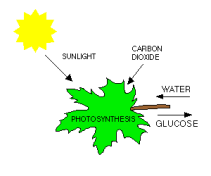This change-of-colour amongst the trees moves from south to north in tune with decreasing day-length. The intensity and duration of "autumn colour" depends on the weather as we slide slowly into the darker months.

This change-of-colour amongst the trees moves from south to north in tune with decreasing day-length. The intensity and duration of "autumn colour" depends on the weather as we slide slowly into the darker months.
